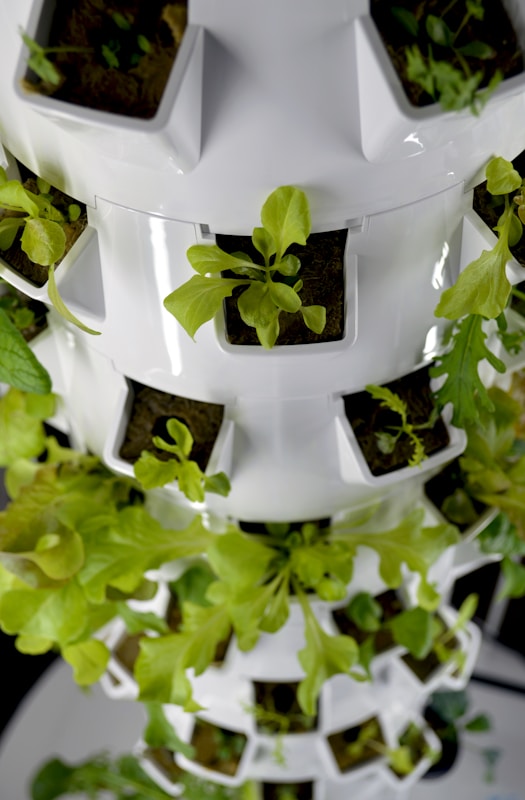Hydroponic Farming – In the world of agriculture, innovation is key to sustainability and profitability. One such groundbreaking method that’s revolutionizing farming is hydroponics. This soil-less cultivation technique has proven to be a game-changer for many farmers, including Jagdish Reddy from Telangana, India. His remarkable success story showcases how hydroponic farming can significantly boost income while promoting environmental sustainability.
The Hydroponic Revolution: Jagdish Reddy’s Story
Jagdish Reddy, a software engineer turned farmer, has achieved impressive results with his hydroponic farm:
- 5x Income Increase: Reddy’s income has grown five times compared to traditional farming methods.
- 80% Electricity Savings: By implementing solar power, he has reduced his electricity bills by a staggering 80%.
- Water Conservation: His hydroponic setup uses up to 90% less water than conventional farming.
- Year-round Production: The controlled environment allows for continuous crop cultivation, regardless of season.
- Space Efficiency: Vertical farming techniques maximize yield in limited areas.
Inside Reddy’s Hydroponic Farm
Reddy’s state-of-the-art hydroponic setup includes:
- A 4,000 sq ft polyhouse
- 12 kW solar panels
- Fully automated systems for nutrient delivery and climate control
This advanced setup allows him to produce a variety of crops, including lettuce, spinach, coriander, mint, and exotic vegetables like bok choy.
Key Benefits of Hydroponic Farming
- Higher Yields: Crops grow faster and produce more in hydroponic systems.
- Reduced Labor: Automated systems decrease manual work requirements.
- Improved Pest Control: Controlled environments minimize pest issues, reducing pesticide use.
- Quality Produce: Consistent growing conditions result in high-quality crops.
Spreading the Knowledge: Reddy’s Training Initiative
Inspired by his success, Reddy now helps other farmers transition to hydroponics. He offers training programs and has assisted over 750 individuals in setting up their own hydroponic farms. This knowledge-sharing initiative is crucial for promoting sustainable agriculture practices and improving farmers’ livelihoods across India.
The Investment and Returns
While the initial investment for a hydroponic farm can be significant (ranging from 2-3 Lakhs for a small setup), the long-term benefits make it an attractive option for many farmers. The increased profits and resource conservation offer a compelling return on investment.
Sustainability Meets Profitability
Reddy’s story highlights the potential of combining hydroponics with renewable energy sources like solar power. This integration not only reduces operational costs but also contributes to environmental sustainability by decreasing reliance on fossil fuels.
Conclusion: The Future of Farming
Jagdish Reddy’s success with hydroponics demonstrates how innovative farming techniques can transform agriculture, offering higher incomes, resource efficiency, and sustainability. As more farmers adopt these practices, we could see a significant shift in the agricultural landscape, leading to more profitable and environmentally friendly farming methods.
For those interested in exploring hydroponic farming, Reddy’s story serves as an inspiring example of what’s possible when traditional agriculture meets modern innovation. With the right setup and knowledge, farmers can boost their income, save resources, and contribute to a more sustainable future for agriculture.








